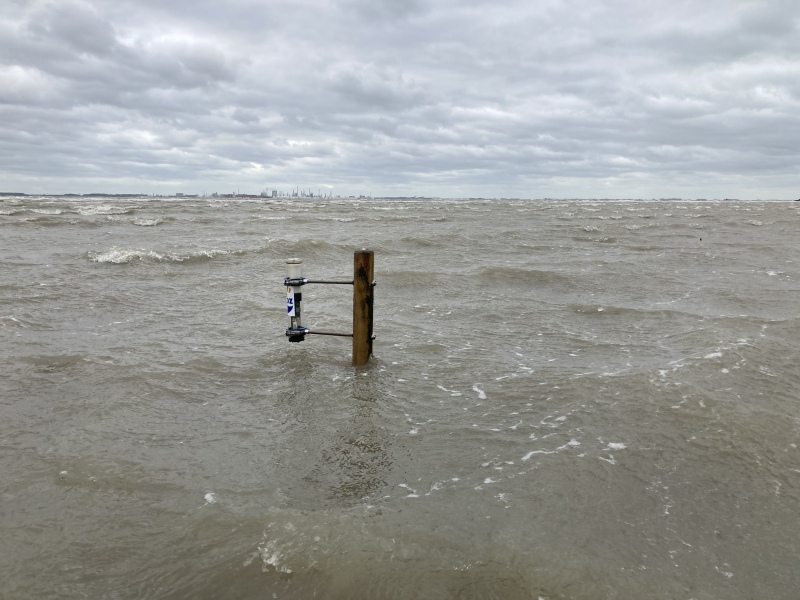T.J. Grandjean1*, Z. Zhou1, L.E. Wiesebron1, J. van Belzen1, T.J. Bouma1
1 NIOZ
*corresponding author:
Introduction
Tidal flats are valuable ecosystems that support biodiversity and contribute to coastal defence. Unfortunately, these dynamic ecosystems are globally declining and may lose their ecological value if their morphodynamics change. Preserving and restoring these habitats requires an understanding of how physical processes drive i) the short- and long-term tidal-flat morphodynamics, ii) the ecological value of tidal flats and iii) thereby the tidal-flat response to environmental changes.
Physical drivers of morphodynamics
Newly developed statistical descriptors of Surface Elevation Dynamics (SED) and MorphoDynamic Signatures (MDS) based on the measured daily sediment dynamics explain the sensitivity of individual tidal flat morphodynamics to specific wind conditions and specific tides. Such descriptors provide managers insight into the sensitivity of specific tidal flats to changes in wind climates (e.g., more storms vs. increase in average winds) and anthropogenic measures (e.g., increasing vs. reducing tidal currents). We subsequently studied how the spatiotemporal variability in SED and MDS may offer a more mechanistic categorisation of tidal flats as low vs. high dynamic habitats (rather than using the current velocity of 60 cm/s ad divide).
Physical drivers of the ecological significance of tidal flats
We obtained in-depth insight into how physical factors drive the ecological value of tidal flats by combining observational field data (e.g. SED-sensors) with mechanistic experimental studies (e.g. flumes). The presence of specific macrobenthic communities was found to be closely related to daily sediment dynamics, with mobile species increasing in dominance in more dynamic areas. Compared to mobile species, immobile benthic communities are more affected by frequent wave-induced disturbances of the bed-level, although non-indigenous species struggle more than native species.
Outlook
Tidal flats are increasingly facing challenges from human interventions and sea level rise. Adopting alternative technologies, such as the SED and MDS indicators, can lead to a more comprehensive understanding of tidal flats morphodynamics, ecological value and their response to environmental changes, ultimately resulting in improved coastal management strategies.

Figure 1: Monitoring short-term sediment dynamics with an acoustic SED-sensor during storm conditions in the Westerschelde (image courtesy: T. Grandjean).
I. Surname1*, F.N. Another-Surname2 , Y. Next-Surname2
1 University Name, Country; 2 Organization Name, Country
* Corresponding author: mail.name@organization.org


